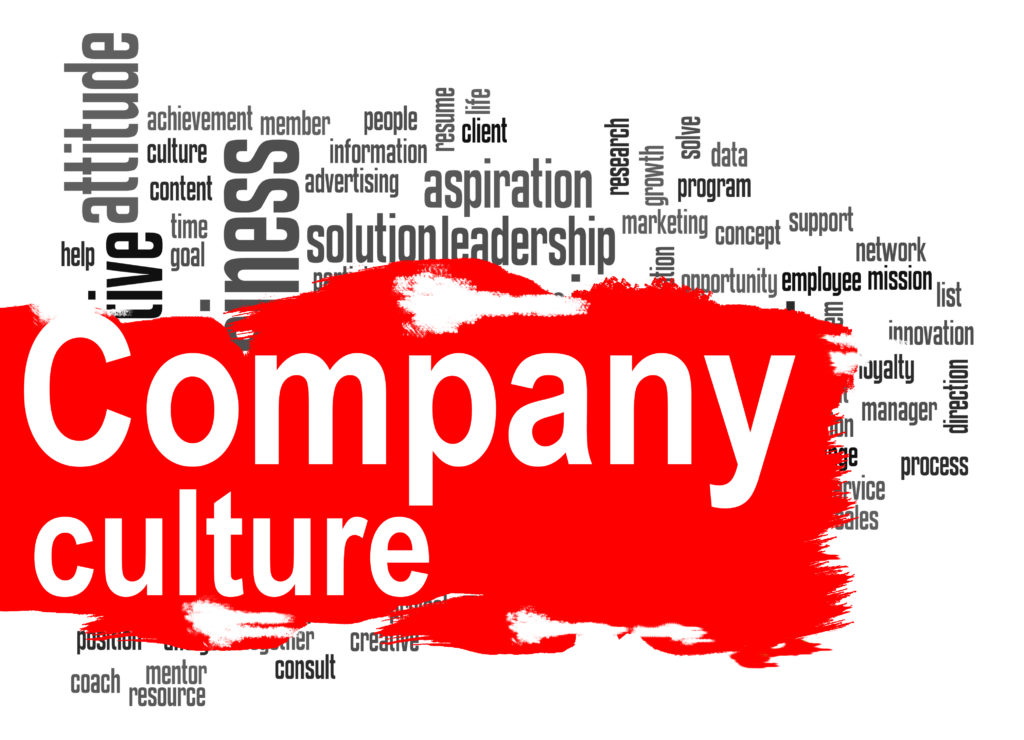Once an effective training and development program is established and utilized by the organization it can begin seeing increases and benefits in the following areas: productivity, motivation, quality, job satisfaction, commitment (employee retention), and reduced absenteeism.
In order to provide the training and development that reaps these many benefits, it costs money, time and other resources. Paid human resources are used to plan, organize and teach training sessions, mentors take time from their own duties to mentor newer employees, training materials must be printed and/or compiled in electronic format, and fees must be paid for seminars, classes or workshops. Organizations recognize there is a cost for training and development.
In today’s competitive business world, most organizations are looking at ways to reduce expenses in order to increase profits. Unfortunately, when training is only looked at as an expense, it can be the first category to go to the chopping block. It is suggested that businesses need to accurately analyze what these training programs are worth. While most organizations compile data and trends on advertising campaigns, sales department activities, and other activities that they can directly tie to increased revenue, it can be difficult to determine a Return on Investment (ROI) on employee training and development.
Training Makes Employees Feel Valued
Research has shown, however, that when employers invest time, money and resources in their employees with training and development the employees develop a commitment to the organization. The employee feels the organization/employer values them as a worker, values their skills and values their contribution. Research has also determined that with training and development the employee believes the employer cares about the employability of the employee. (Agrawal)
In contrast, some employees have been known to say they “saw it coming” before they were fired or let go. This can be the perception when an employee is struggling and/or not performing well and the employer distances themselves from the employee; does not offer help (training/development), keeps adding additional workload, tells the employee not to worry they will eventually “get it”, etc. In other words, with ongoing training and development the employee does not feel the employer is leaving them to “sink or swim” on their own or that the employer is not “creating” a reason to fire them.
Which Came First …?
Another comment that represents the crux of this argument: “Positions that have a high turnover rate (such as tech support) are often viewed by management as not worthy of proper training.” (Green) It is “the chicken and the egg” type question. Are these positions not worthy of training due to the high turnover or is a high turnover due to the lack of training? Another point of training is to evaluate if you have the right person for the right job. Sometimes you may have a talented and capable individual but they are just in the wrong position. Continued training and development, including evaluations, can determine strengths and weaknesses and what persons fit best with various positions.
Training and employee development is not just for the employee but is as beneficial to the employer as well. For those employers that view training as an expense, a trade-off for production or just plain wasted time, they may not have an effective training program in place. Also if an employer’s turnover is high, they may need to evaluate how they train new employees, evaluate existing employees and what programs are in place to develop employees to be productive members of their organization. Employers that are successful in reducing employee turnover embrace training and employee development as a necessary tool to further their organizational goals.
We featured this excerpt from a research paper that Kim Jimenez had written on employee training and how it relates to employee engagement/retention. Employee turnover is a real cash expense that effects your business in many ways. MDS can help in employee orientation and training in order to help create and retain the best staff possible.
Roy Barker is Director of Special Projects at Moore Diversified Services, a Fort-Worth, Texas-based organization specializing in operations analysis, marketing development, and investment advisory services. Roy is an authority in the field of employee turnover analysis and retention strategies.
References
Agrawal, Archana. “Employee Development and Its Affect on Their Performance.” International Journal of Marketing, Financial Services & Management Research (2013): 99-108. Web.
Green, Allison. www.askamanger.org. 19 05 2012. Article. 05 09 2014.














